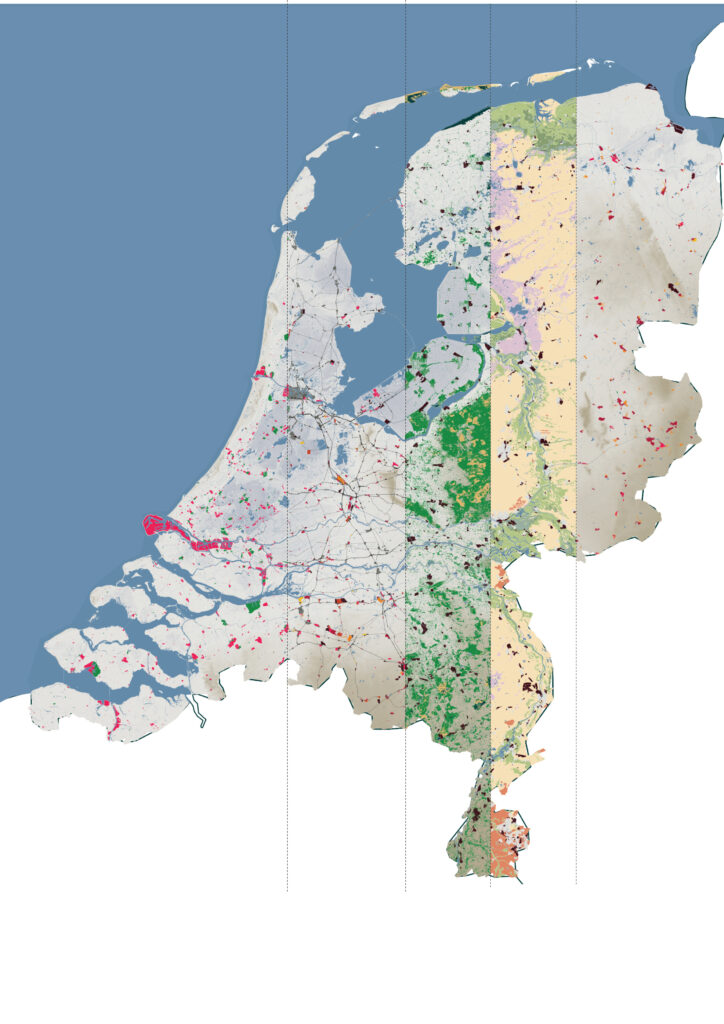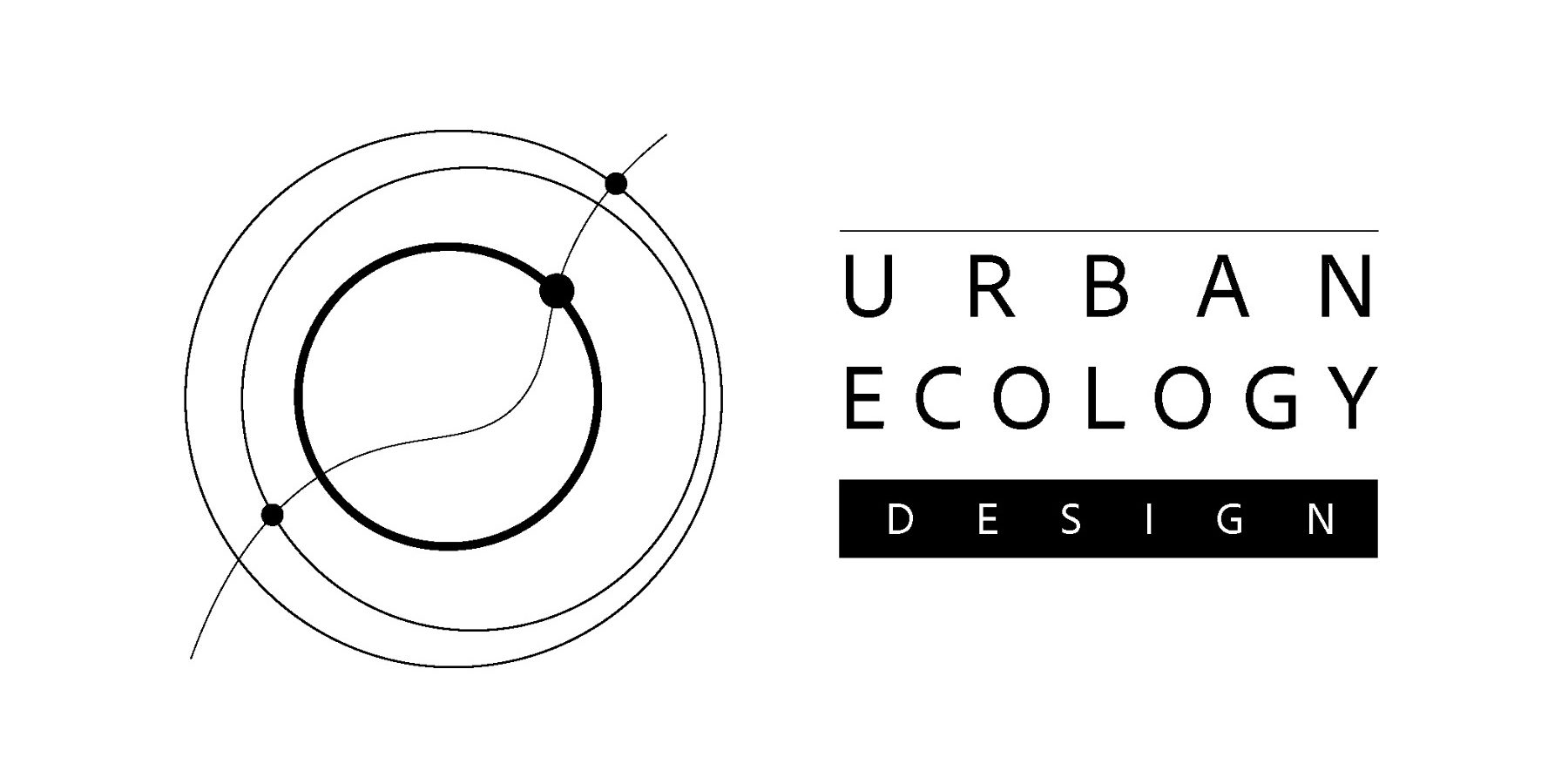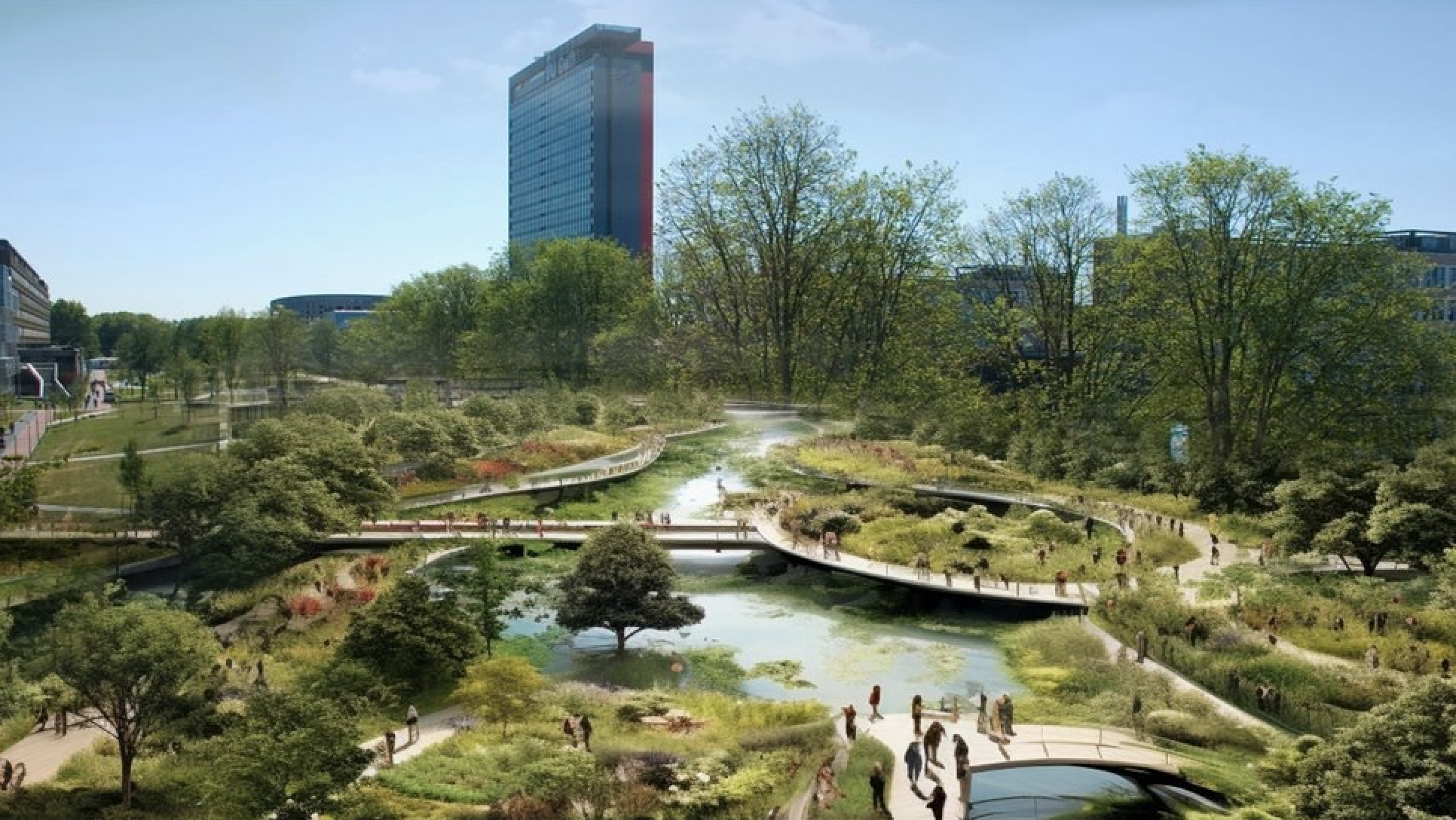Designing Workscapes of the Future
An approach to understand and design for liveable business districts.

Author
Rosa de Wolf
Location
the Netherlands
Prof. Dr. Steffen Nijhuis
Prof. Dr. Rob Roggema
Dr. Nico Tillie
Project duration
Runs until November 2027
Project links
Werklandschappen van de Toekomst
This economy-driven design results in a predominance of industrial and office spaces, car-oriented infrastructure, and deficient spatial quality. Most of these areas have minimal green coverage and a lack of public spaces. It creates monotonous and unattractive environments that are underutilised, even during business hours. The business districts play a crucial role in the national economy and people’s lives, as they contribute up to 40% of the Dutch national income and one in three people work there. The districts have a great potential to become more liveable and socio-ecological inclusive environments, and thus transform into Workscapes: landscapes wherein living, working, recreation and nature are combined.


